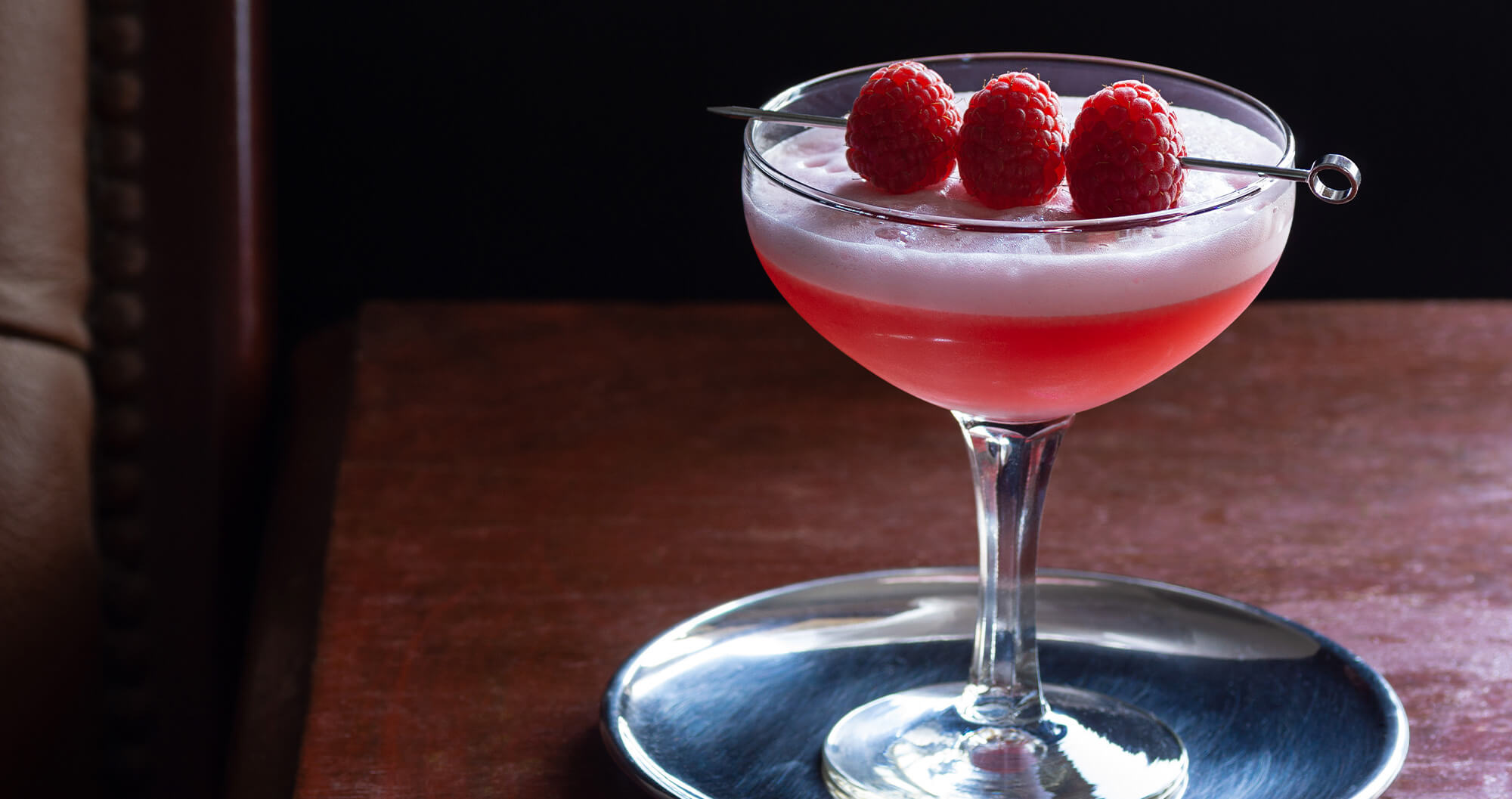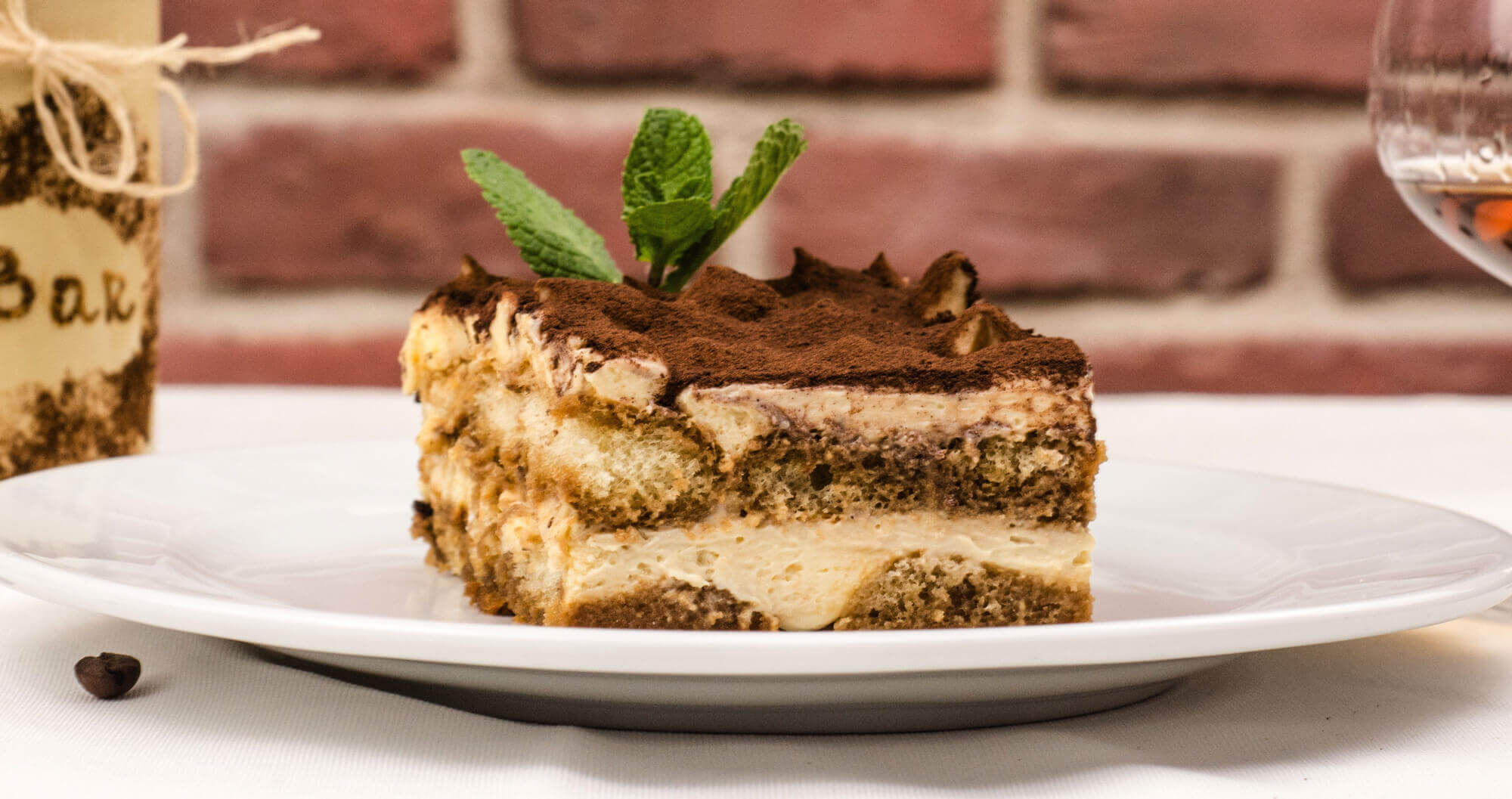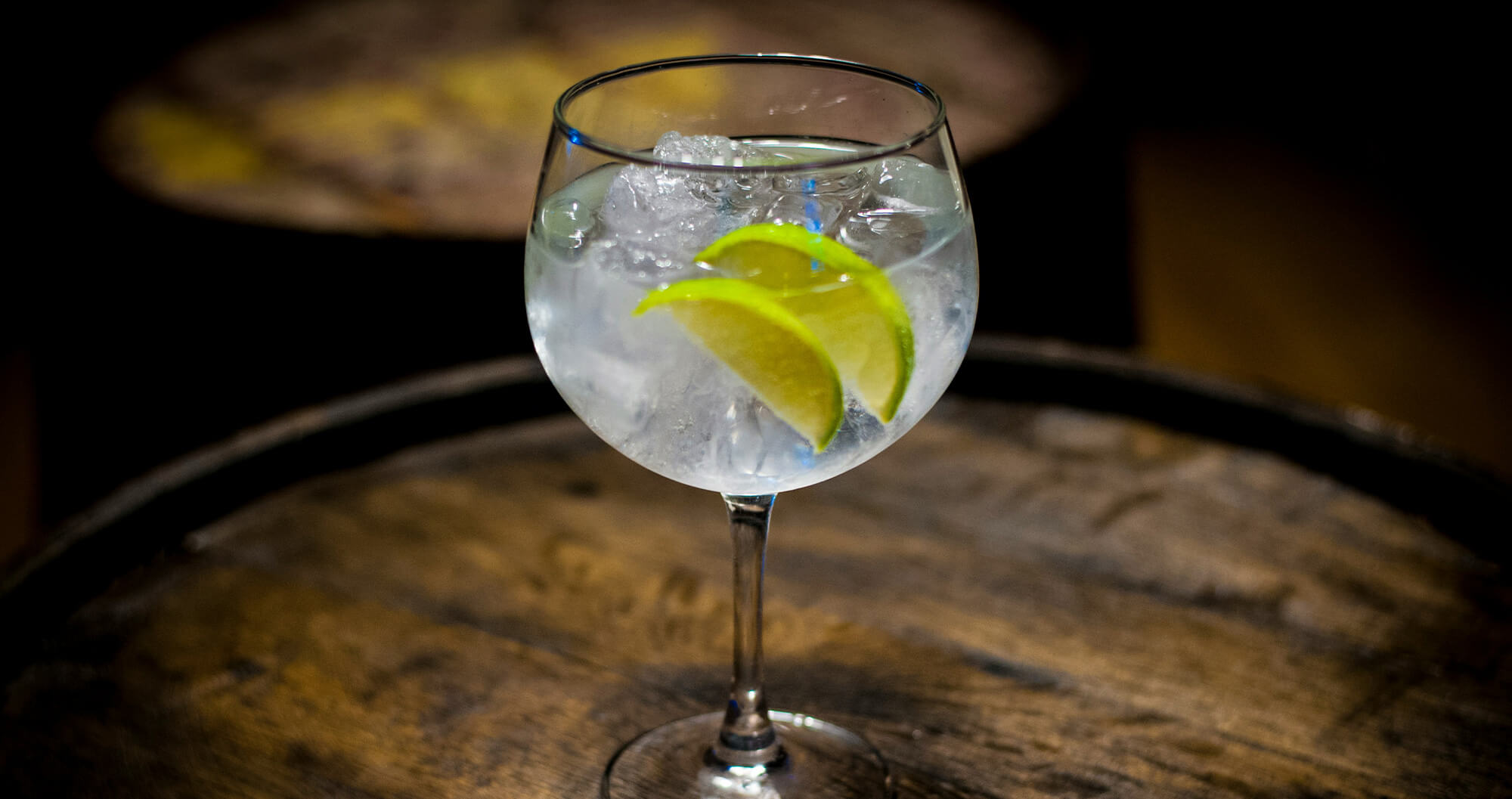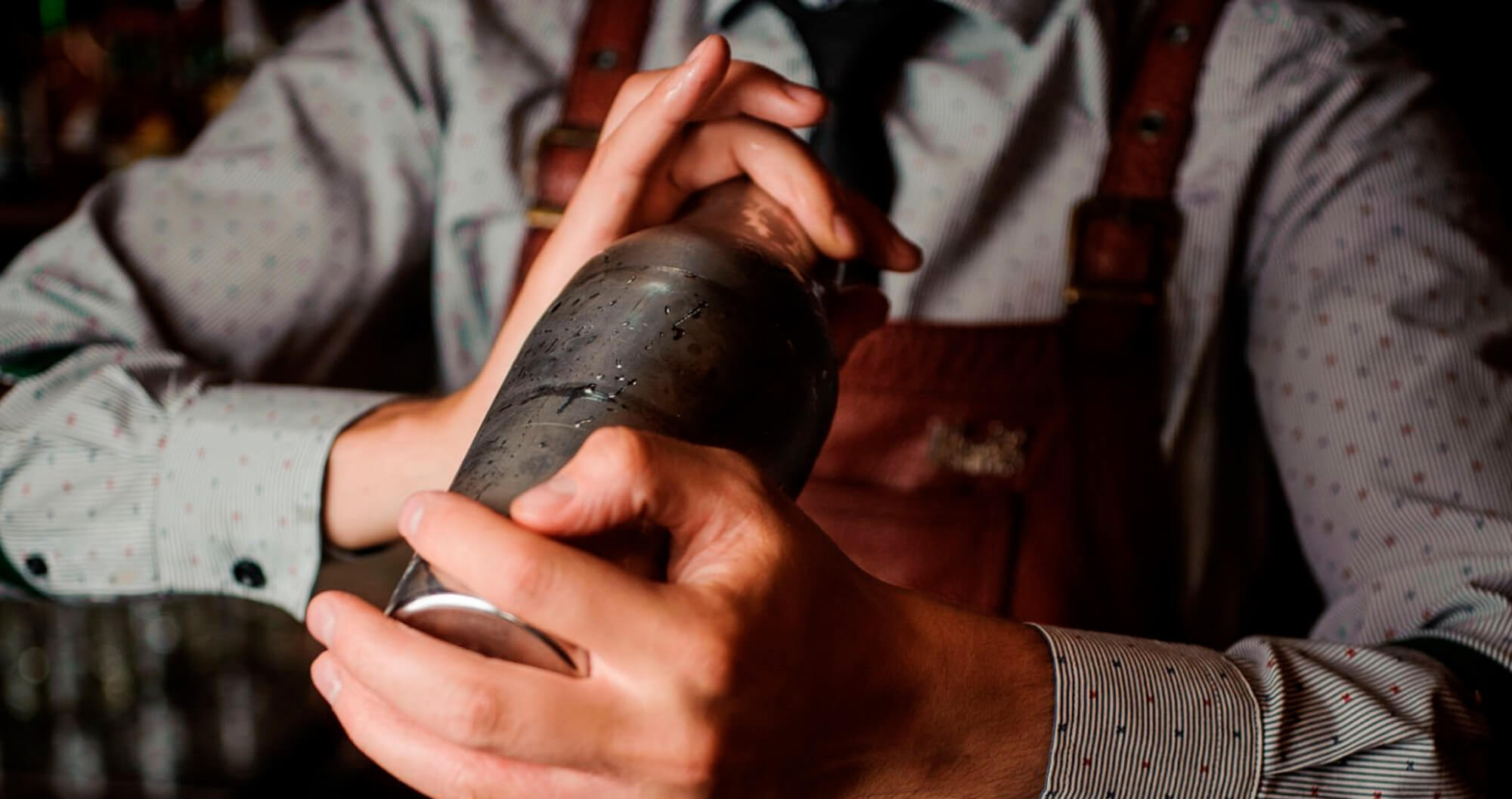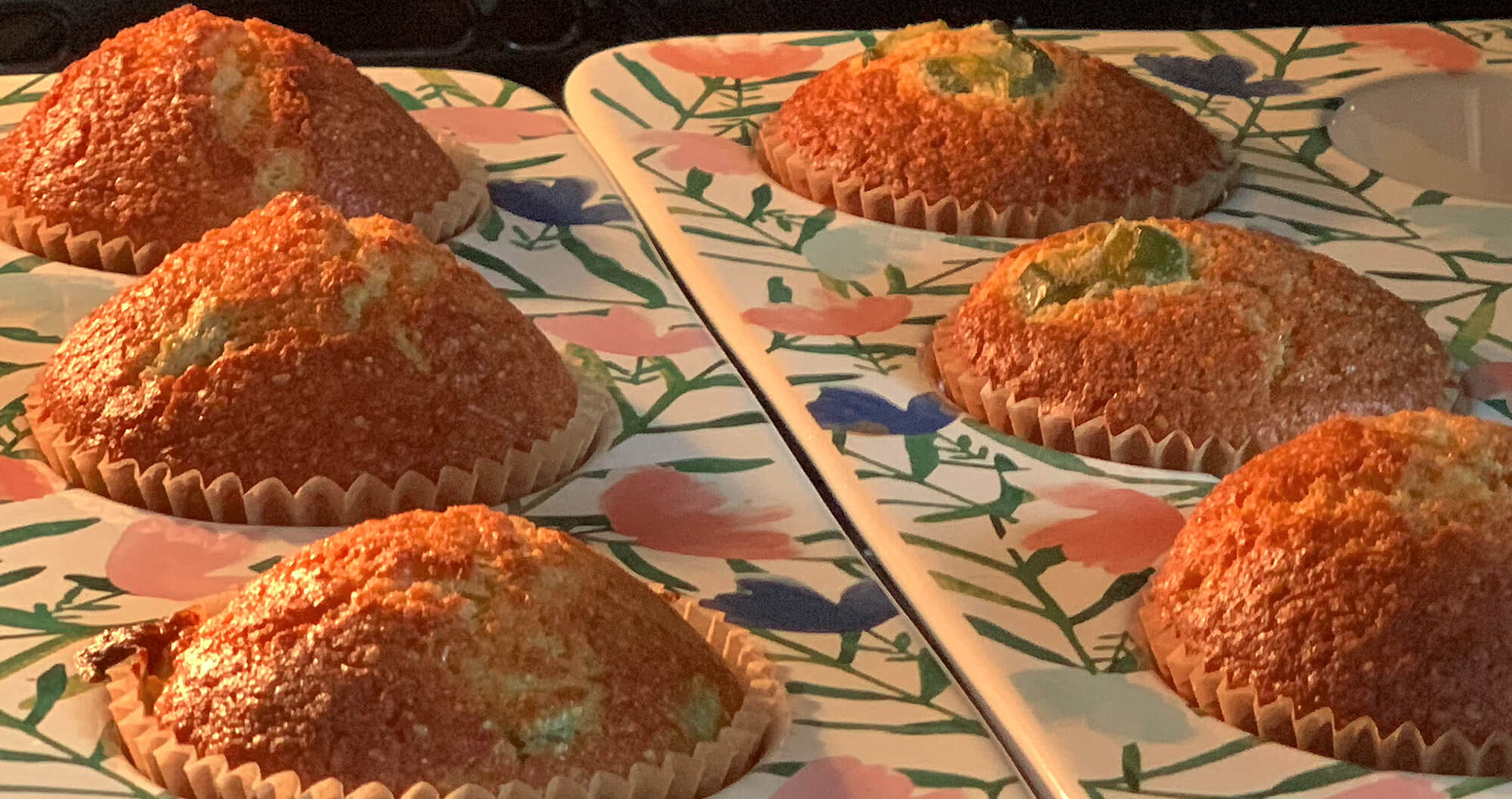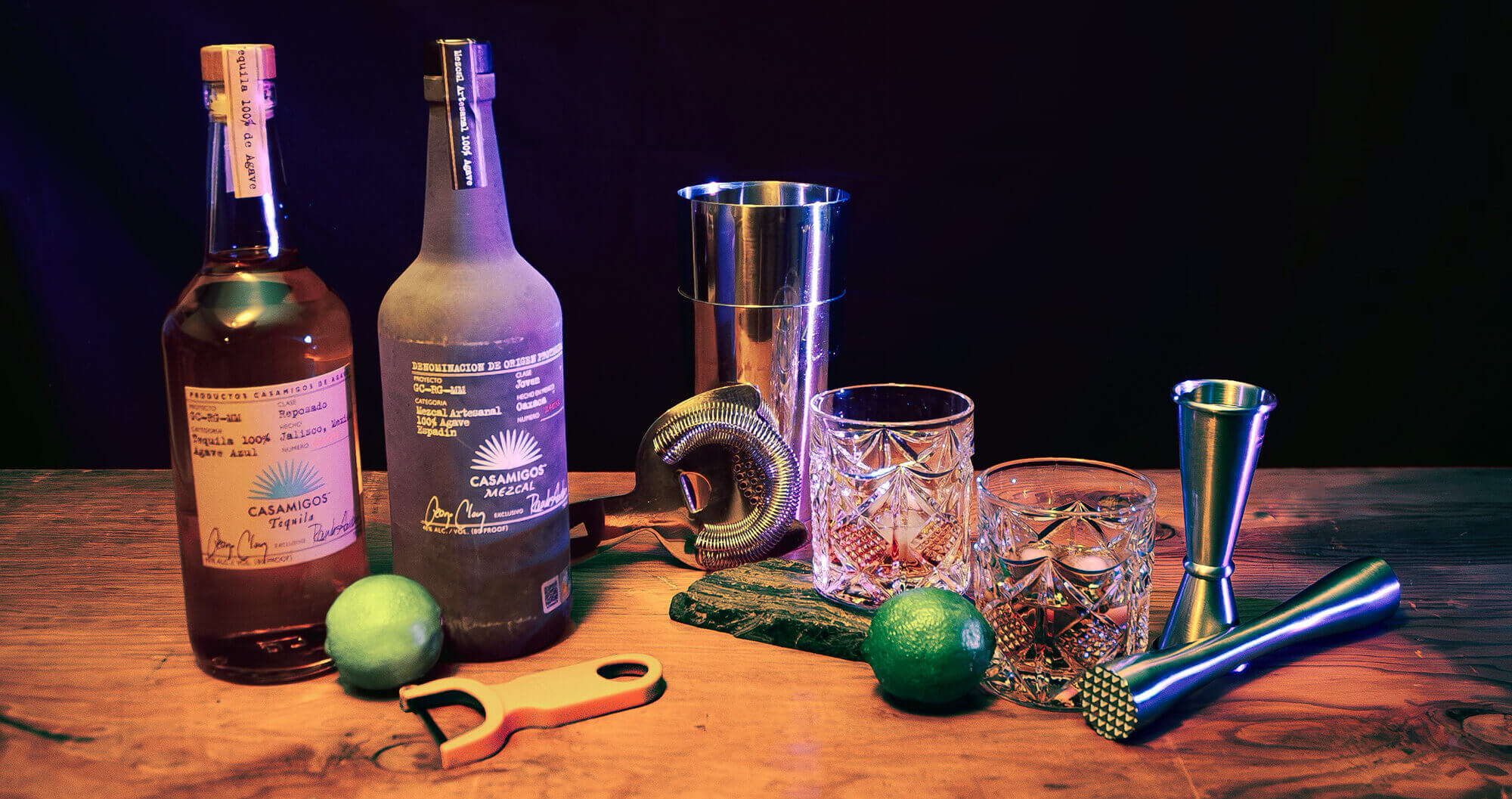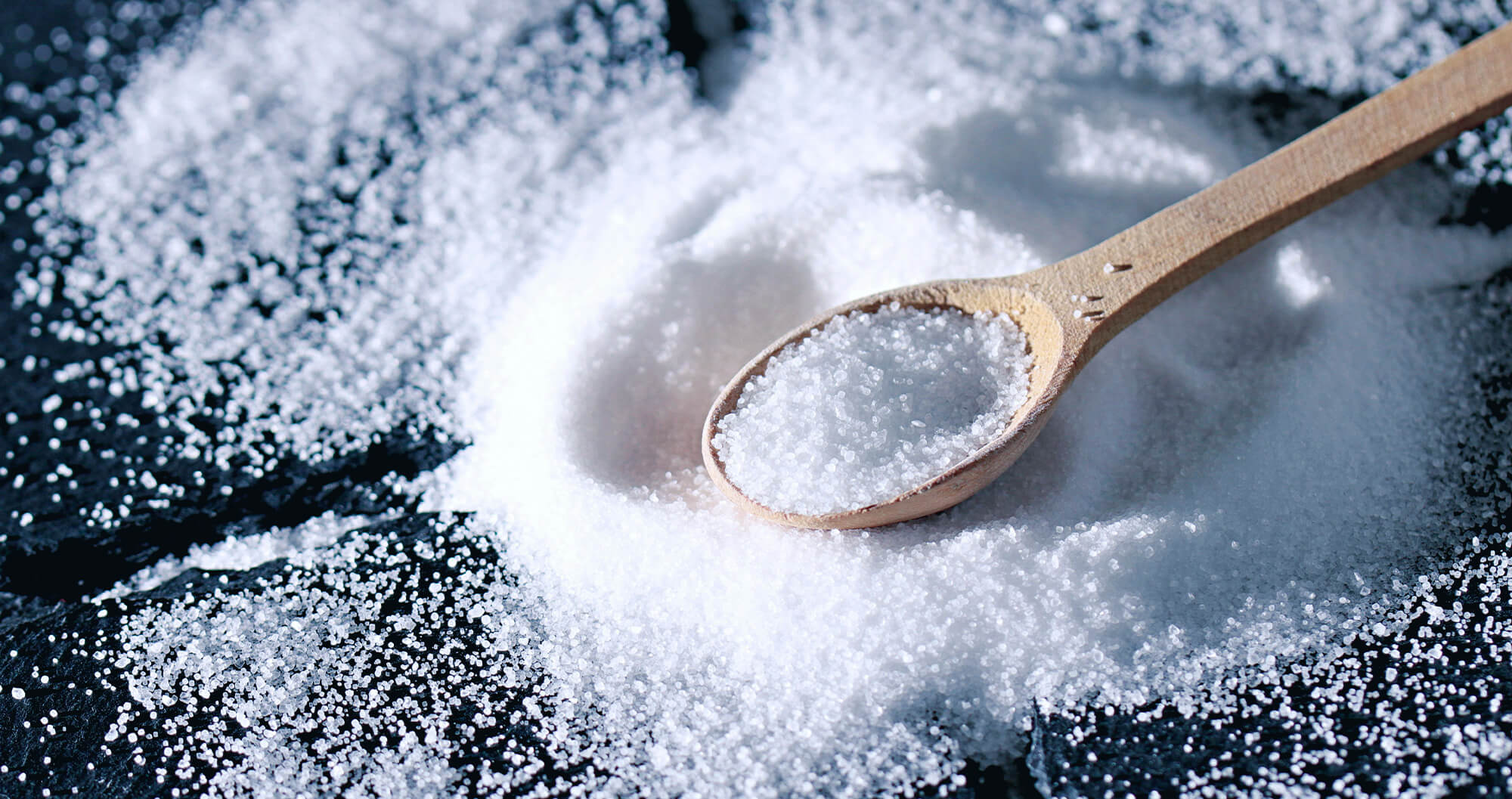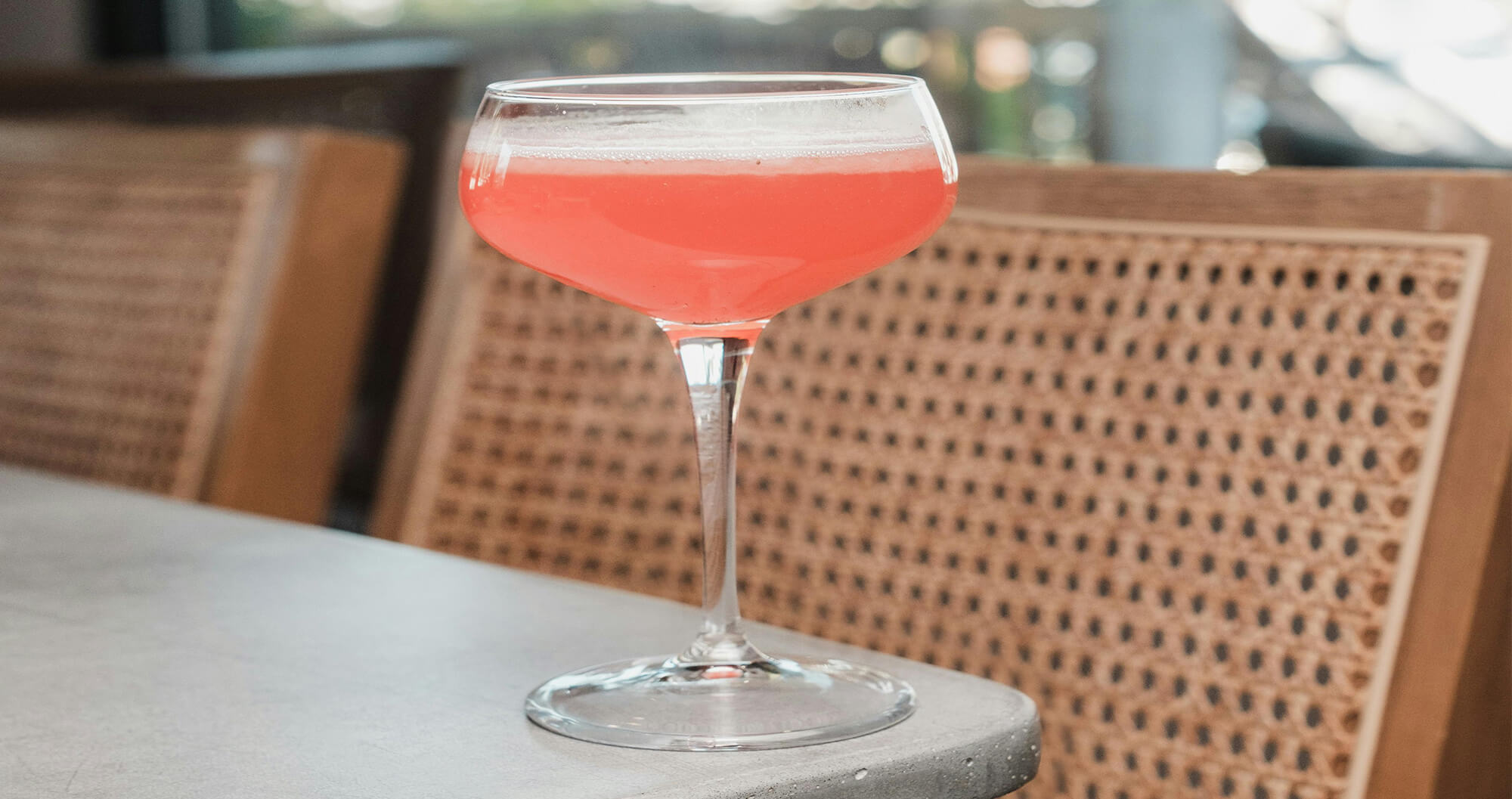A Brief History of the Gin and Tonic
The gin and tonic originated in the early 19th century during the British colonial period in India. British soldiers stationed in tropical regions faced a serious threat from malaria. Quinine, derived from the bark of the cinchona tree, was known to combat the disease but was intensely bitter. To make it palatable, soldiers began mixing quinine with sugar, water, and gin. Thus, the gin and tonic was born—a functional drink that quickly evolved into a cultural staple.
Over time, tonic water became more refined, transitioning gin and tonics from a medicinal necessity to a sophisticated cocktail, enjoyed worldwide.
Why Really, Really Fresh Ingredients Matter.
We’ve said it a million times: fresh = flavor! Using old or pre-cut citrus (any fruit, really) not only dulls their flavor but also diminishes the visual appeal of the drink. Old ingredients are less aromatic, which also hurts the drink’s overall flavor. The same principle applies to ice—clear, fresh ice minimizes dilution while keeping your drink crisp. Investing in freshness transforms a basic cocktail into a premium experience.
Learn: How to Macerate Fruit for Cocktails
Why a Really, Really Good Tonic Matters.
To be bluntly honest, the tonic water you use makes or breaks a gin and tonic. Period.
High-quality tonics enhance gin’s botanicals and provide a balanced bitterness. Cheap tonic waters often contain artificial crap, which can mask the gin’s complexity and leave behind a kinda gross aftertaste. Premium tonics use natural ingredients and a lighter carbonation to let the gin shine. They also offer flavor variations like elderflower, which pair beautifully with specific dry gin profiles.
How We Evaluate Tonic Waters for Gin and Tonic Drinks
Now that we know a bit more about the Gin and Tonic and a few ways to have fun with it, how do we address the biggest issue: what f’n tonic to buy?!
How We Define a “good” vs “bad” Tonic Water
- A “good” tonic enhances your gin without overpowering it, offering a balanced blend of crisp carbonation, natural quinine bitterness, and subtle sweetness.
- A “bad” tonic overwhelms the drink with artificial flavors, excessive sweetness, or flat carbonation, masking the gin’s unique botanicals instead of complementing them. These types of tonics often have metallic undertones in their flavor.
Understanding the Role of Tonic Water in Gin Drinks
The quinine in tonic adds bitterness, which is then balanced with sweetness and carbonation, which complements the botanical notes of gin. Choosing the right tonic can enhance the flavors and overall experience of your gin cocktails.
How to Find the Best Tonic Waters for Gin and Tonic Drinks
Now that you have a basic understanding of what makes a tonic “good” vs “not good”, here are some additional details to keep in mind when looking for tonics:
- Look at the ingredients.
Look for tonic water with natural ingredients—especially real quinine (the key bittering agent)—and natural sweeteners like pure cane sugar or agave syrup. Avoid tonics with high fructose corn syrup or artificial flavors, as they can overpower the gin’s botanicals. - Consider the sweetness level.
A great tonic balances bitter and sweet. I recommend opting for low-sugar tonic waters, in general, so long as they do not use artificial sweeteners. That way, you have more control with the overall sweetness of your drink, which allows you more options to play and have fun your own sweeteners! Just ensure the sweetness doesn t dominate or overpower the gin—otherwise, your’better off with a vodka tonic. - Avoid artificial sweeteners.
Stay away from mass-market tonic waters with an overly metallic or artificial taste. They can ruin the balance of your cocktail and mask the nuances of that high-quality gin you plan to use (…right?!). - Consider carbonation.
The fizz is a crucial part of the gin and tonic experience. Higher carbonation enhances the mouthfeel and complements the gin. Tonics with a longer shelf-life that will hold their bubbles longer, like those in smaller bottles or cans, are ideal for on-demand drinks since they won’t suffer from “going flat” after they’re opened. Consuming the tonic within 24-hours is ideal for preserving the carbonation, so single-serve tonics are the way to go. - Consider the flavor profile of your gin.
If your gin is citrus-forward—like a key/American-style gin—choose a tonic with subtle citrus or herbal notes. For bold, juniper-heavy gins—like a dry/London-style gin—a classic dry tonic works best.
Some of The Best Premium Tonic Water Brands in 2025
Selecting a quality tonic water significantly impacts your gin and tonic experience, and we’ll get to our top choice in just a bit. But first, here are some of the best tonic waters available in 2025:
- Fever-Tree Tonic Waters: Renowned for its crisp taste, all-natural ingredients, and high carbonation, it pairs beautifully with most gins. Best for: those who aren’t too concerned about price and are looking for a versatile, premium tonic that delivers a classic G&T flavor.
- East Imperial Tonic Water: A great, less sweet, quinine-forward tonic…if you can find it. Best for: purists who appreciate a traditional G&T flavor; who use bold, juniper-heavy and dry (like a London-dry) gin.
- Topo Chico Tonic Water (and flavored mineral water): While their flavored options are not a traditional tonic, Topo Chico’s high carbonation and subtle citrus notes make it an excellent alternative for a lighter gin cocktail. Best for: those looking for refreshing, highly-carbonated cocktails with a twist of minerality.
- Fentimans Connoisseurs Tonic Water: Slightly botanical with herbal undertones, this tonic is a favorite for enhancing craft gins without overpowering them. Best for: those looking to pair G&Ts with floral or citrus-forward (like an American/key-style) gin.
All of that said, we do have a clear favorite tonic water here at Whisks & Giggles…
Q Mixers Premium Tonic Water is the Best Tonic Water for Gin and Tonic Drinks in 2025
Its perfect blend of natural ingredients, balanced carbonation, subtle sweetness, affordability, and wide availability make Q Mixers Tonic the perfect addition to your home bar.
Q Mixers Tonic stands out for its ability to complement a wide range of gins while also offering additional flavors and styles, like elderflower when you want a lil’ extra sumthin’ sumthin’, and a light, less-sweetened version, allowing you more control over your final drink. Its affordable and convenient single-serve bottles & cans make it ideal for just one or two drinks at a time without wasting a large bottle of tonic.
Best for: those looking for a premium, versatile, affordable, on-demand Gin and Tonic with consistent quality and no waste.Gin and Tonic Recipe Variations
Classic G&Ts satisfy our cravings for a low-effort, refreshing yet flavorful cocktail, making them perfect for a crowd! As we mention, above,
How to Make a Batch of Gin and Tonics for a Crowd
Focus on hanging out with your guests rather than serving them! Skip the individual pours and whip up a pitcher of Gin and Tonics that keeps the flavors crisp & fresh.
Ingredients for a Batch of Gin and Tonics
Serves 8–10- 2 cups of your favorite gin
- 2, 4-packs of Q Mixers Premium Tonic Water
- 4 oz. fresh lime juice (about 5 limes)
- 2 limes—halved, then quartered (16 total slices of lime)
Batch Gin and Tonic Directions
- Pre-chill everything.
Store your gin, tonic water, and serving glasses in the fridge for at least an hour before mixing. This helps keep the batch crisp without watering it down with ice. - Hold the tonic!
To preserve carbonation, keep the tonic chilled until just before serving—do not add it into your pitcher.
However, if you are making this batch to serve immediately, add all 8 cans of Q Tonic. - Mix up the base.
Combine the gin and fresh lime juice in a pitcher. Stir gently to mix and store the pitcher with premade mix in the fridge. - Pour the mix over ice.
When ready to serve, fill chilled glasses about halfway full of ice and pour the premade mix over the ice. - You can stop holding the tonic, now 😜
Slowly pour in 1 can of Q Tonic water into each glass, and give each drink a good stir to combine. - Optional flavor twist.
Infuse the batch with muddled cucumbers, berries, or a splash of elderflower liqueur for a unique spin. See below for more ideas!
Pro Tip for Serving a Crowd the Best Gin and Tonic
As we mentioned above, Gin and Tonics are best when when the tonic is nice and bubbly, so be sure to mix only the gin and lime juice in the pitcher. Keep the tonic water separate so guests can pour fresh for the best fizz! Providing individual cans/bottles of tonic to your guests also preserves that perfect gin-to-tonic ratio.
Customize Your Gin and Tonics
Classic G&Ts are the perfect foundation for tons of creative experimentation. Here are a few to try:
- Spanish gin and tonic (Gin Tonica): this style incorporates a variety of garnishes like citrus slices, herbs, and spices to enhance the gin’s botanicals.
- Herbal gin and tonic: add a splash of elderflower liqueur and garnish with cucumber ribbons & mint for a refreshing take.
- Citrus-forward gin and tonic: incorporate fresh grapefruit or orange slices to add a zesty dimension to your drink.
- Berry bliss gin and tonic: add fresh muddled raspberries or blackberries and garnish with a sprig of thyme for an earthy balance to the sweet berries.
- Spiced gin and tonic: infuse your tonic water with a cinnamon stick or a few cardamom pods for a warming spice, and garnish with a thin slice of fresh ginger.
- Smoky gin and tonic: to get real weird (but oddly satisfying)… add a splash of mezcal for depth and complexity, and char your limes.
Experimenting with these ideas can help you discover new flavor profiles, identify your own personal preferences, and ultimately elevate your gin and tonic experience.
The Last Drop
By following these steps and suggestions, you can create the perfect Gin and Tonic for yourself or for a crowd, every single time!

 By Jen Gadus | Published January 2, 2025
Easy
By Jen Gadus | Published January 2, 2025
Easy
